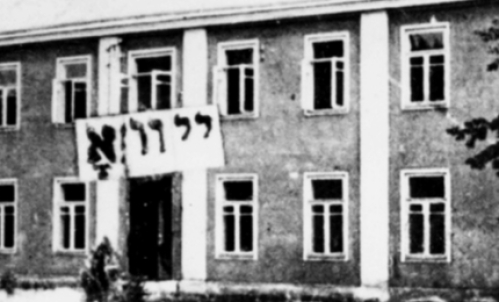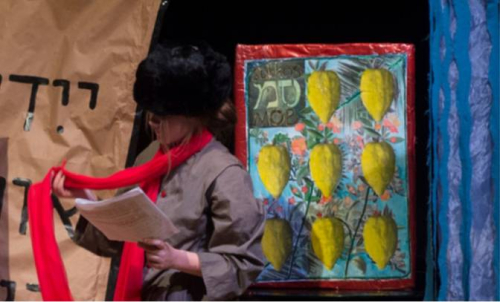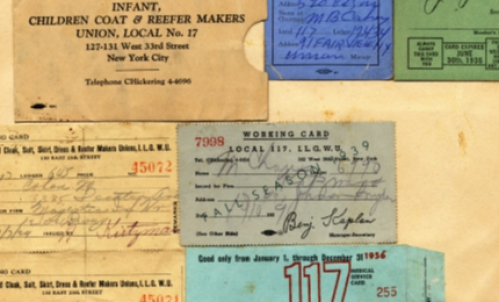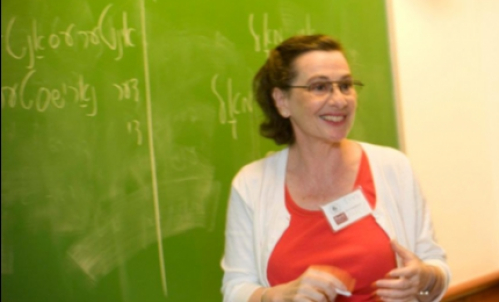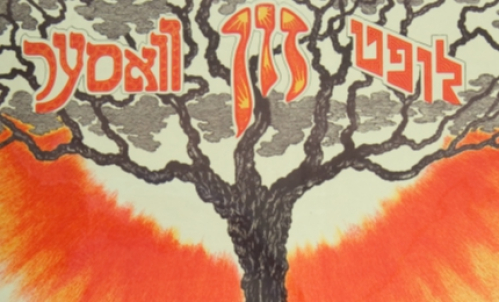Di gantse velt af a firmeblank: The World of Jewish Letterheads
Assemble the letterheads of Jewish organizations, institutions, and individuals in Europe, North and South America, and Palestine from the 1890s to the eve of World War II in 1939 and you have a portrait of the Jewish world: transnational; diverse in language, political, and religious orientation; and flourishing.
Di gantse velt af a firmeblank (The Whole World on a Letterhead) is an experiment in building that portrait. Here, we hope to bring you several times a month, a different example of letterhead from a single collection in the YIVO Archives, the Papers of Kalman Marmor.
Marmor, a Yiddish writer and cultural activist, was born October 11, 1879 in Mayshigola, Vilna Gubernia (today Maišiagala, Lithuania). In 1906, he settled in the U.S. Initially active with the Labor Zionist movement, he later became a Communist. He was an organizer of the 1937 World Yiddish Culture Congress, cultural director of the International Workers Order, and a contributor to the Communist Yiddish newspaper, Morgn Frayhayt. Between 1933 and 1936, he lived in Kiev, where he worked at the Institute of Jewish Proletarian Culture and prepared scholarly editions of the work of American Yiddish poets and writers. During Stalin’s Great Terror, the Institute was liquidated, and much of its leadership was arrested and executed. Marmor, an American citizen, returned to the U.S. He died in Los Angeles in 1956.
His papers at YIVO contain several thousand letters from the turn of the 20th century to the 1950s. He had an astonishingly diverse array of correspondents, not limited to Zionist and Communist activists.
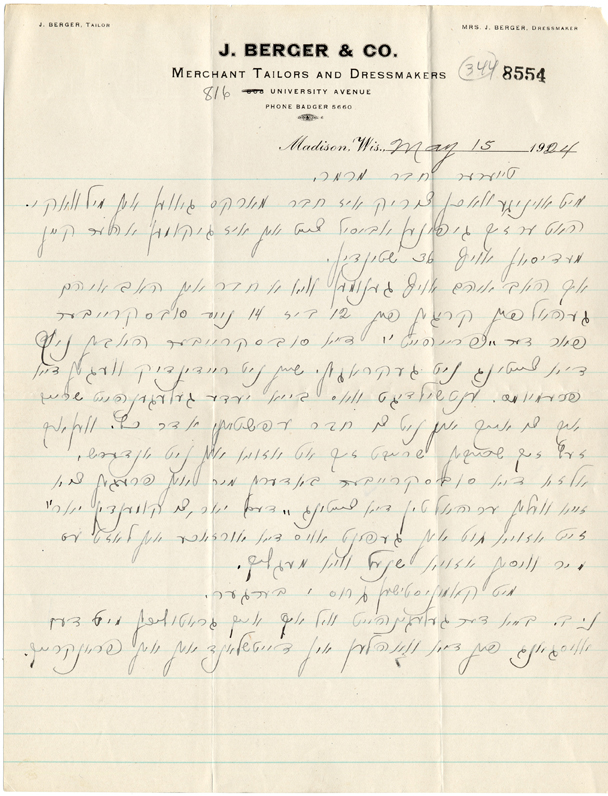
From J. Berger in Madison, Wisconsin to Kalman Marmor in New York, May 15, 1924. RG 205 Folder 105.
J. Berger, a Jewish communist from Madison, Wisconsin, writes to Marmor on the letterhead of his tailoring business. He reports that “Comrade Marks” was in Milwaukee a few weeks ago and found time to visit Madison for 36 hours. Berger helped him sign up 12-14 new subscribers to the Frayhayt (the communist Yiddish newspaper that Marmor wrote for), but so far none of them have received any issues of the paper. They are bugging him and sarcastically asking whether they will receive the newspaper “this year or next year.” He begs Marmor to look into the situation for him and to get back to him as quickly as possible.
Berger signs off “with Communist greetings” and adds a postscript celebrating the results of elections in Germany and France. (In May 1924, the Communist Party won 62 seats in the German Reichstag and center-left and left parties won a majority in the French parliament.)
Series curated by Roberta Newman; Images digitized by Vital Zajka. Biographical information on Kalman Marmor from biographical note by Daniel Soyer in the inventory to RG 205, Papers of Kalman Marmor.
